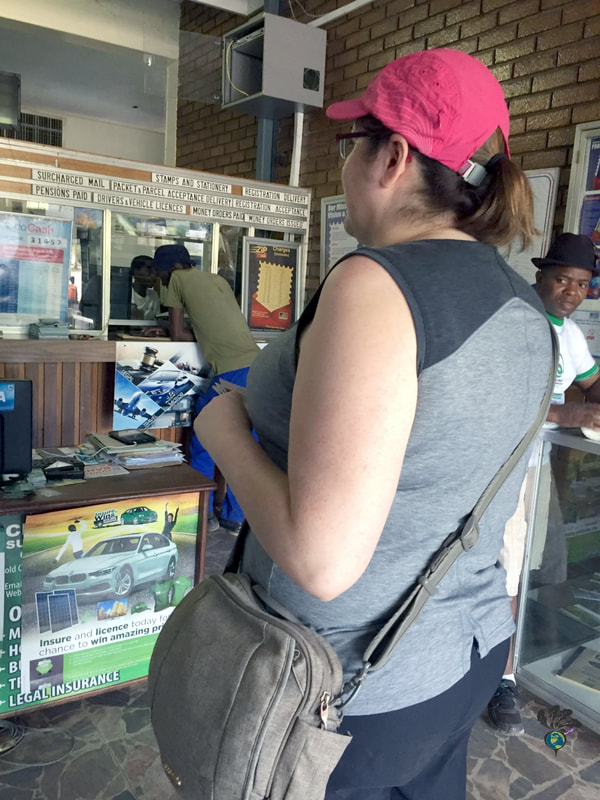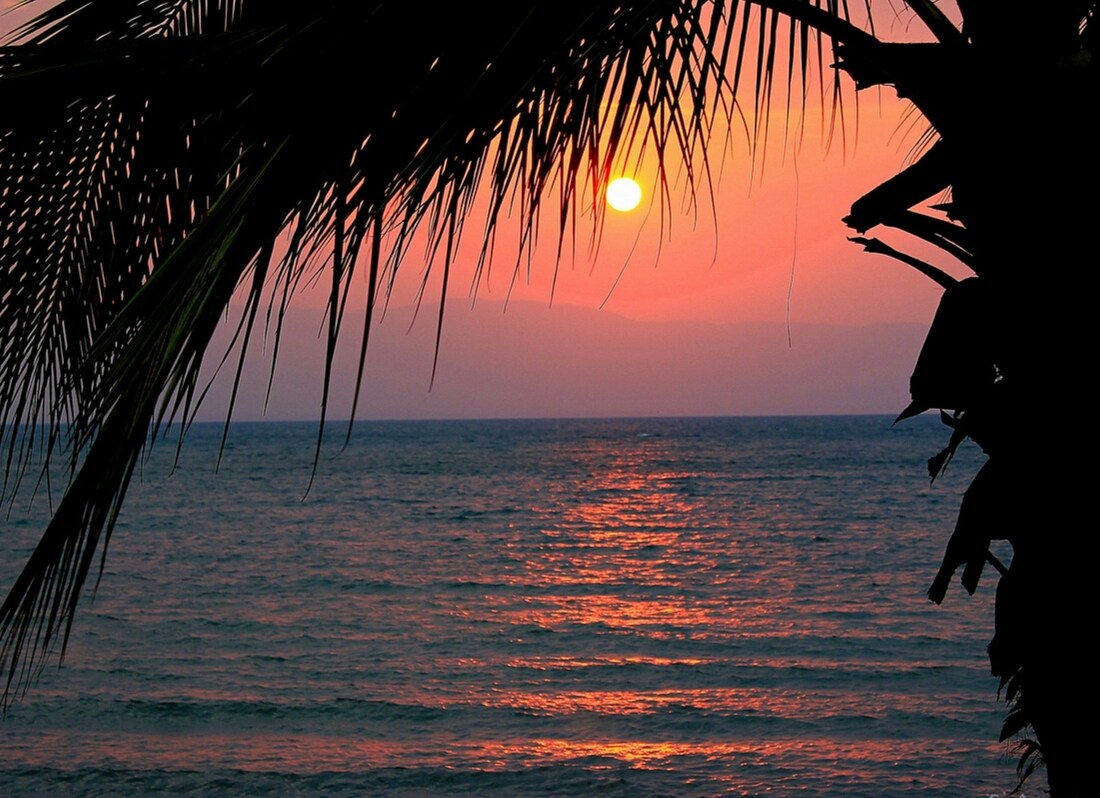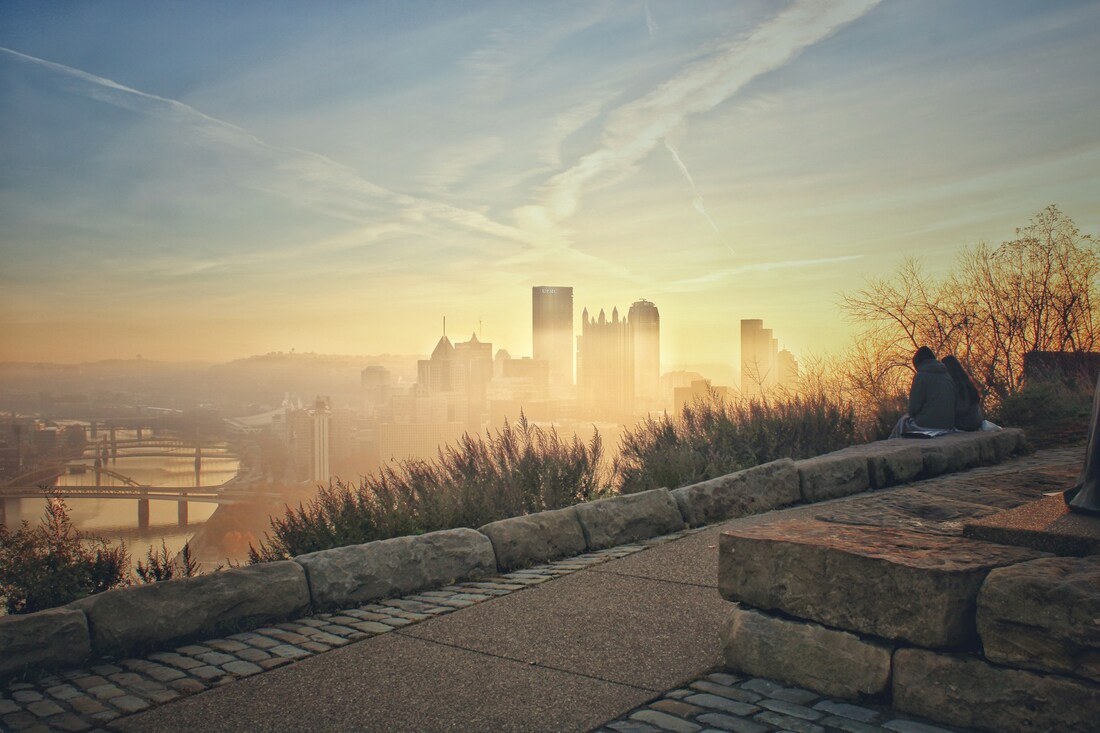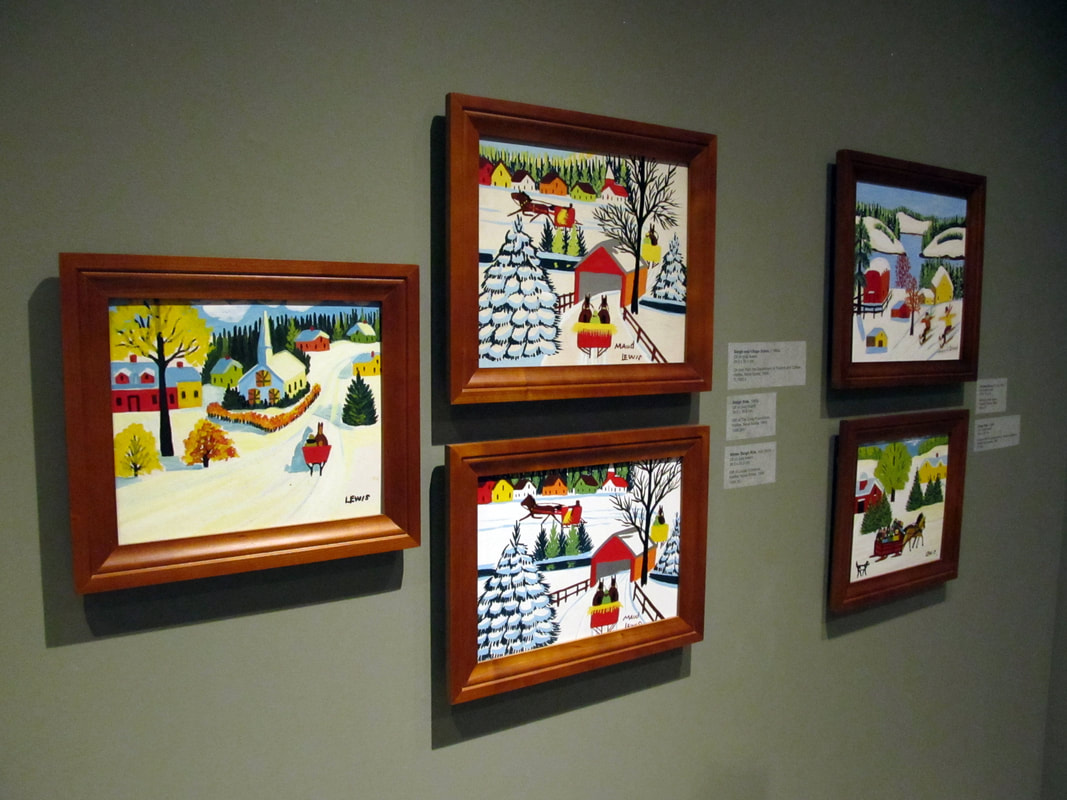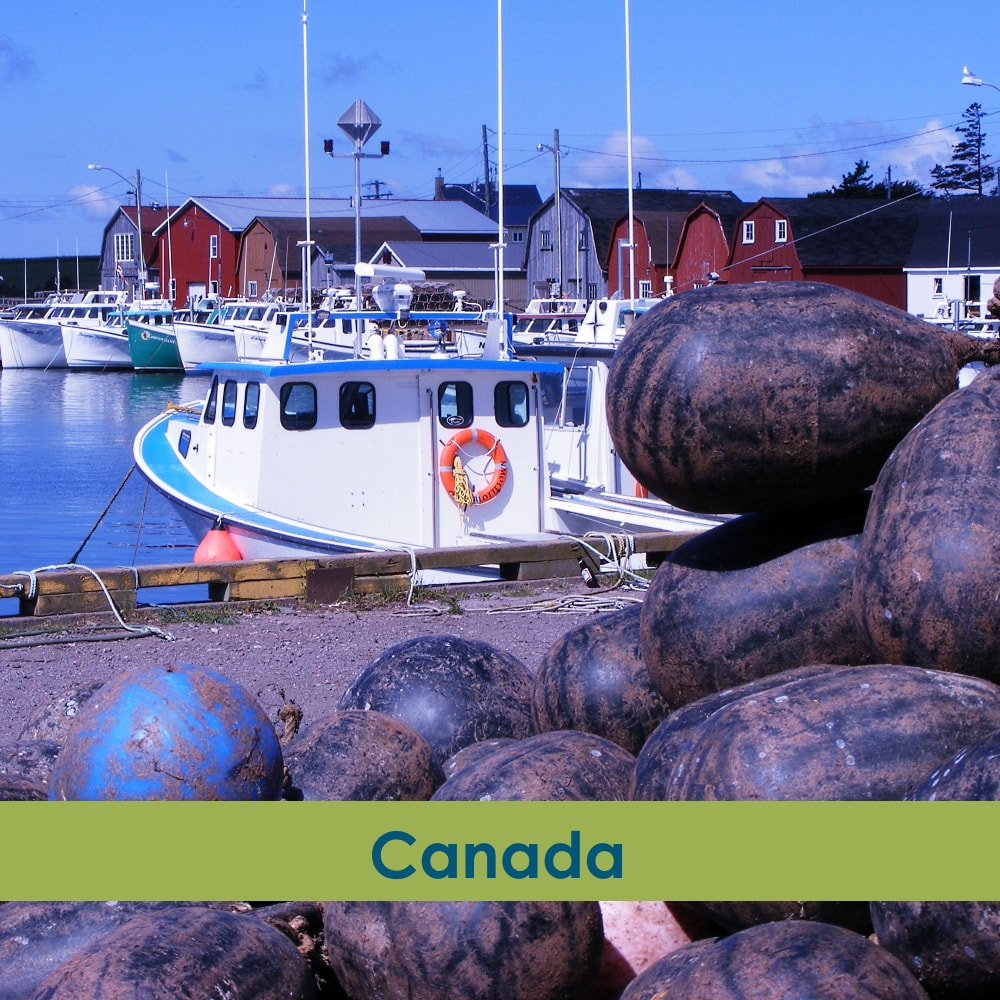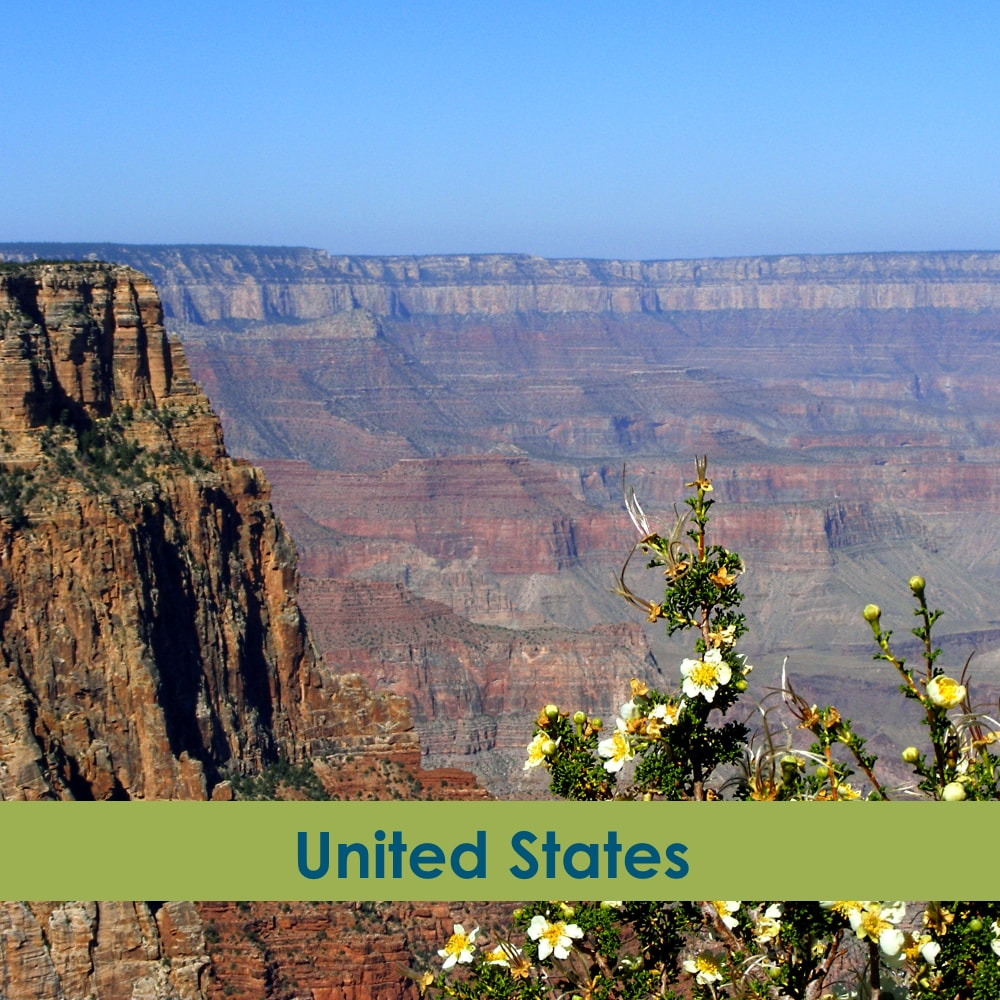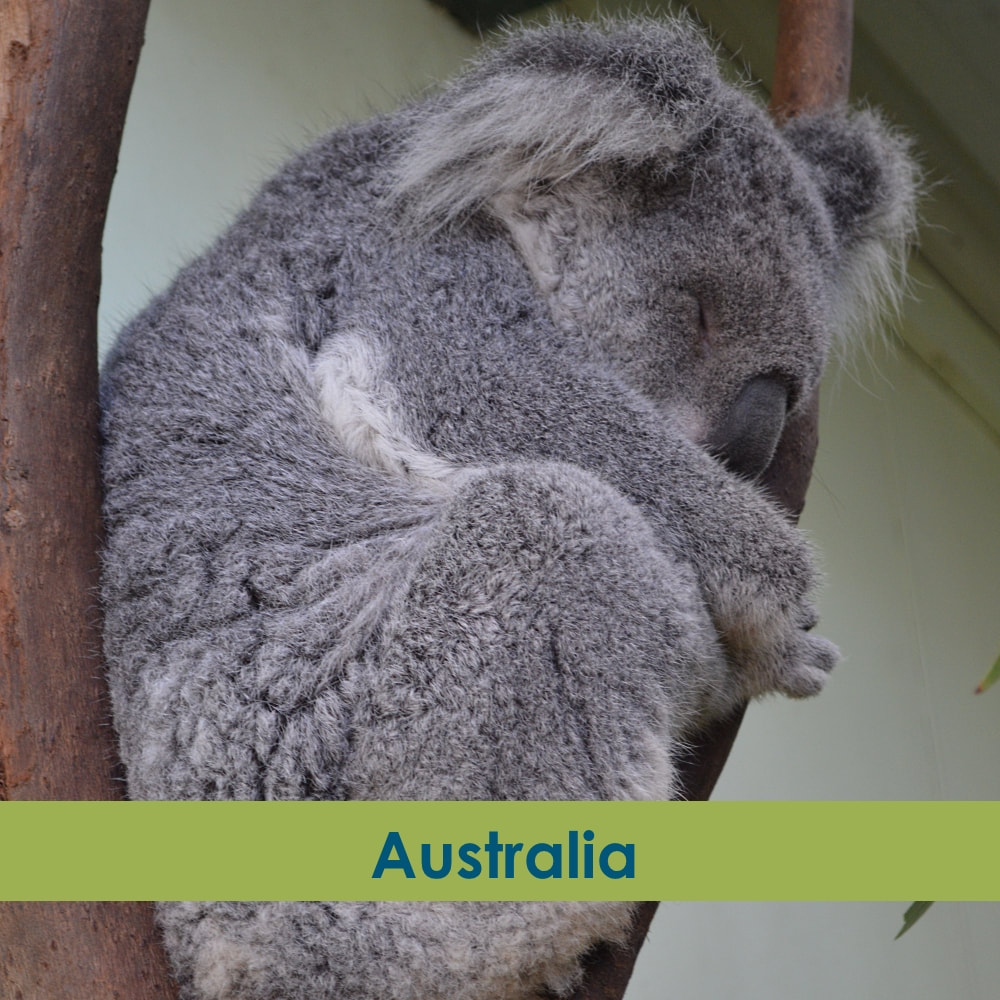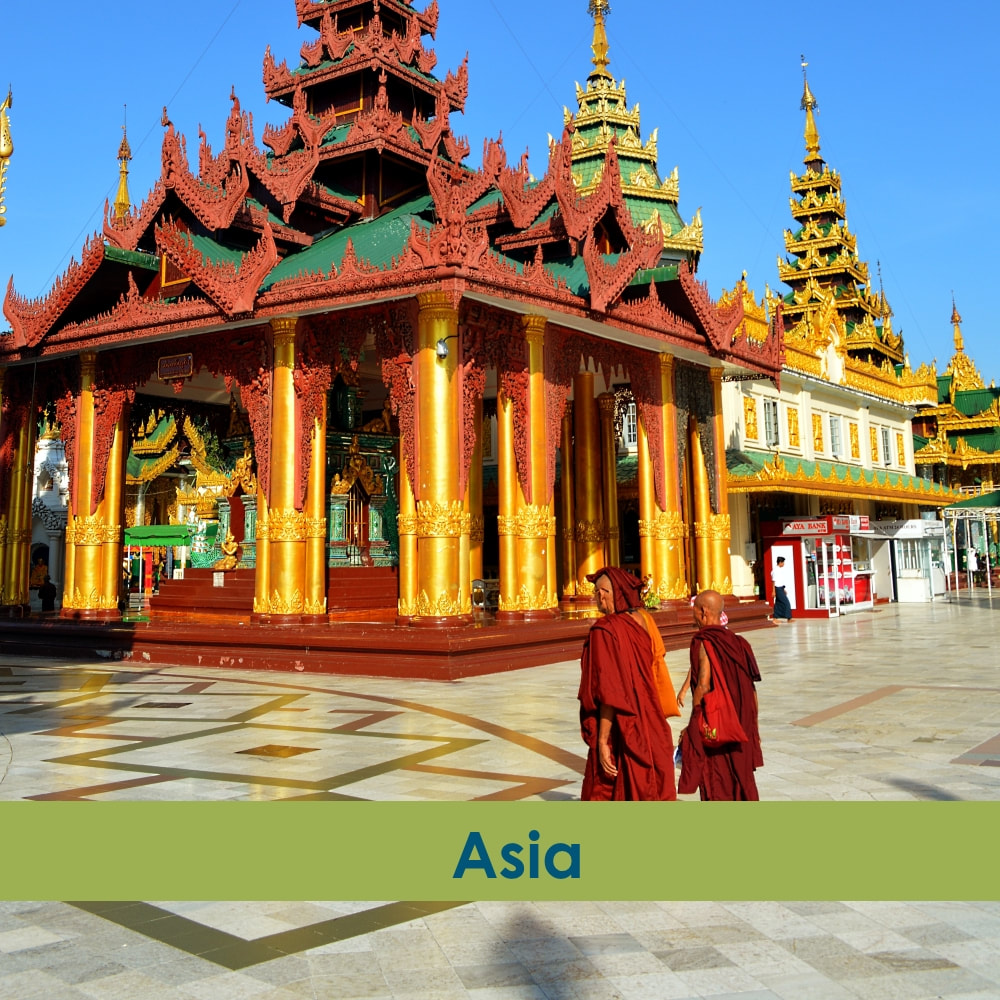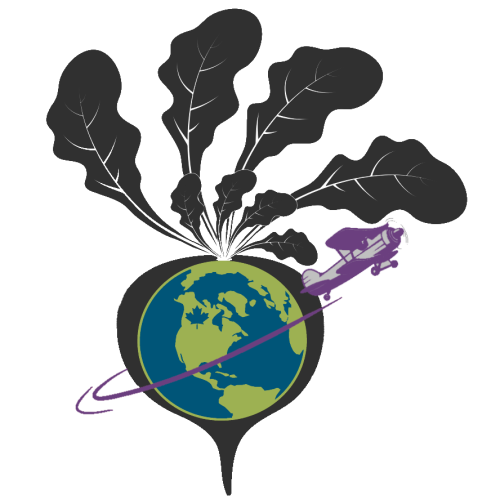In Red Bay, Labrador, I found a small beach that made a big impact. I can’t tell you when Labrador first hit my travel radar.
This rugged, remote Canadian region, a part of the province of Newfoundland and Labrador but physically connected to north-east Quebec, is not a spot for a wimpy traveller like me. Distances are far, amenities can be sparse, and the mosquitoes will strip you bare in seconds. Yet the place they call The Big Land has been calling for me for years. Labrador has topped my travel wish list since the beginning of the pandemic. When I had the opportunity to visit as part of the annual Travel Media Association of Canada conference, I knew I had to go. I dearly wanted to make Labrador’s acquaintance, but it’s doubtful that the region wanted the likes of me. I have no good reason to be enamoured with small Labrador fishing communities like Red Bay and Battle Harbour. My aversion to boats is both legendary and well-founded. Similarly, I can’t tell you why stories from events such as Cain’s Quest, Labrador’s legendary annual 3,100-kilometre snowmobile endurance race capture my heart. I dislike cold weather, sporty things, and noisy fanfare. Frankly, even the process of getting to Labrador is determinedly very non-Vanessa-ish. I like cold foam on coffee, not ferry decks, thank you very much. So, sure, the villages are cute, and the events are spirited, but this is clearly the kind of place I should appreciate through a documentary and not my own Gravol-addled brain. Thankfully, my heart is immune to common sense. I love frugal travel and the Big Apple has some amazing bargains. These are New York City's Best Free Museums and Galleries.  Photo by Oneisha Lee on Unsplash You know how much I love a bargain but New York City doesn’t exactly come across as the most frugal of destinations, does it? However, New York City is full of bargains if you know where to go. There are no-cost public events, like festivals and fairs. Bargain hunters know which markets have the best deals on certain days, and savvy foodies maintain an ever-growing list of cheap eats. There are expensive museums and art galleries which occasionally open their doors for free programming. But sometimes, it’s best to keep things simple.
These remarkable museums, memorials, monuments, and galleries are always free, all of the time. And they’re all well worth checking out. These innovative wineries in British Columbia are making incredible wines and travel memories. With 929 vineyards and 369 licensed wineries, British Columbia is a wine lover’s dream road trip location. The westernmost province in Canada, British Columbia, is a vast territory, but the majority of its vineyards are located in the south, within easy distance to many principal cities. For those keen on exploring, putting together your own DIY tour is easy.
For wine lovers in Canada and worldwide, British Columbian wines usually mean one thing: The Okanagan Valley. This spectacular wine region is home to some 185 wineries. However, multiple wine regions in the province are well worth checking out, even if a trip to the Okanagan isn’t possible during your visit. In 2019 alone, British Columbia wineries won more than 1,000 medals in national and international competitions. No matter where you visit, you can be sure the products you sample are outstanding. These are some of the Okanagan’s finest, most innovative wineries, plus more destinations further afield. Getting around Rome is easy if you have our detailed guide to the city's trains, taxis, and more. 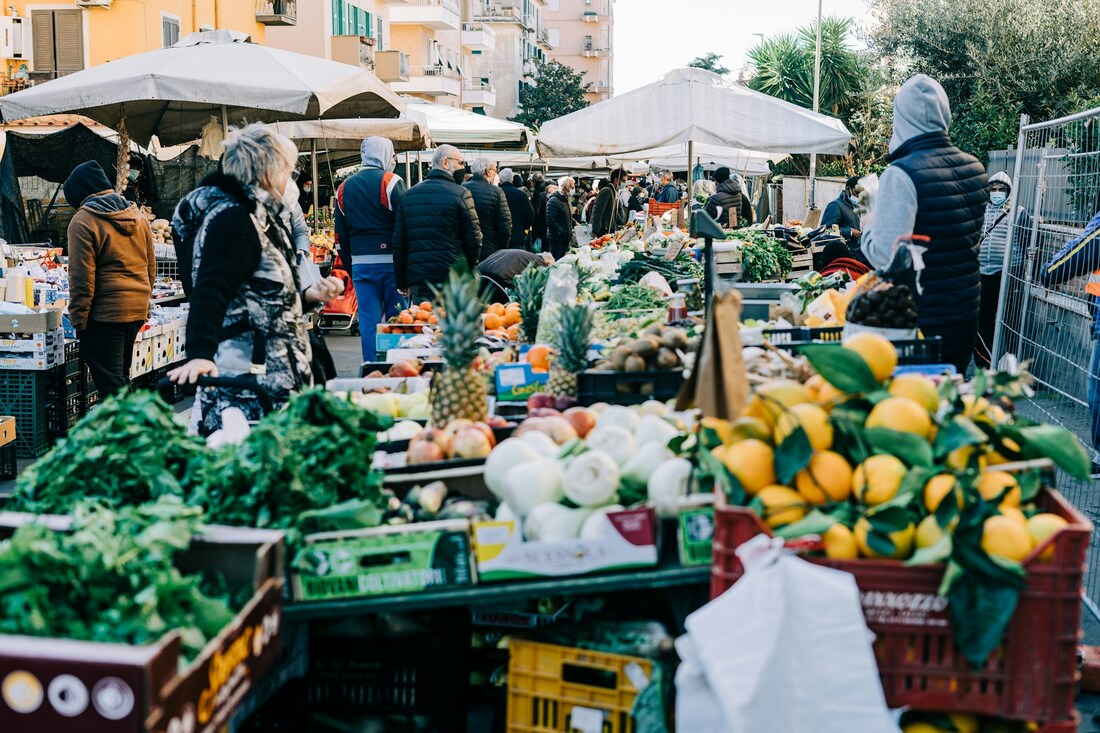 It's worth the effort to get around Rome so you can see great sites like this big market. Photo by Gabriella Clare Marino on Unsplash Rome is a dream travel destination. Its most essential sights - Vatican City, the Colosseum, the Pantheon - are legendary attractions in their own right, some of the most significant historic spots in the world. As such, a trip to Rome isn’t just a nice vacation. It’s a travel essential! And you’re going to want to soak in every moment of it. To fully enjoy the whole city, you’ll need a primer on how to get around Rome - safely and economically.
Have you ever had a travel experience so sublime that nothing measures up to it, even after twenty years?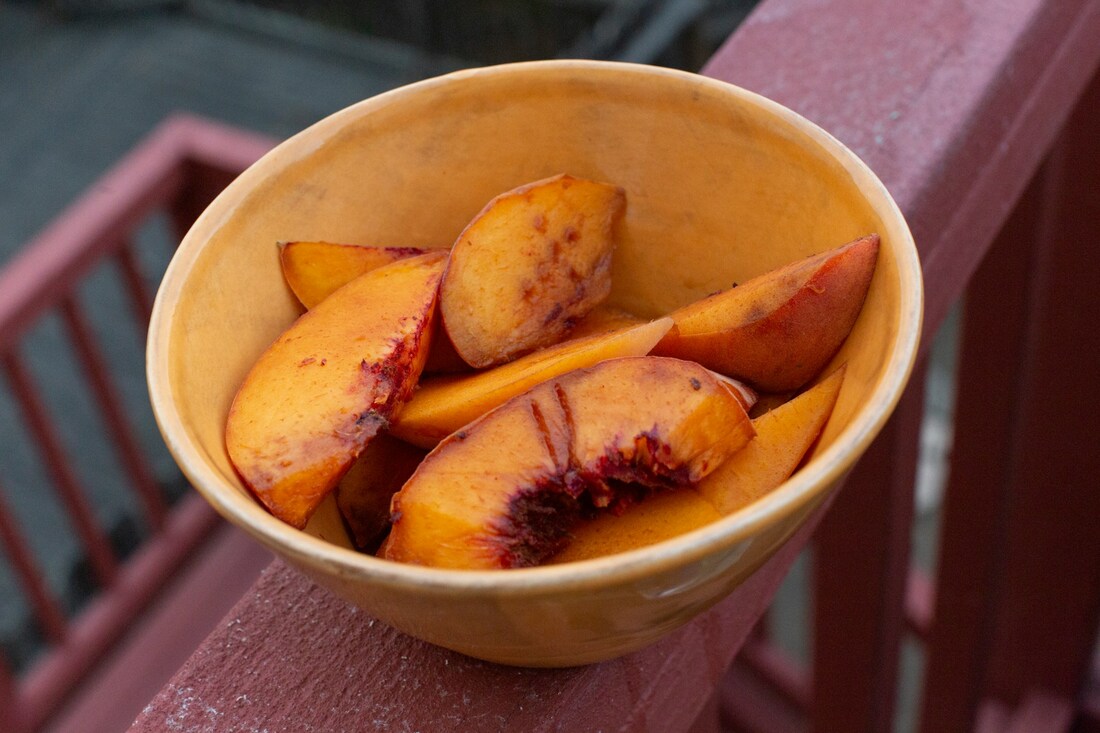 Photo by Wilfred Wong on Unsplash (This post contains a sponsored link from a TurnipseedTravel supporter).
Have you ever had a travel experience so sublime that nothing measures up to it, even after twenty years? That’s what happened to me the first time I went to Italy. I was only 21 years old and travelling on a flimsy budget. Gourmet food was out, or so I thought. However, thanks to a hilltop castle-turned-hostel in Finale Ligure (the now-shuttered Vuillermin Castle Hostel), I was about to make the memory of a lifetime. The hostel offered a simple supper for a few extra bucks a night. I was expecting bargain bowls of spaghetti, but instead, I was introduced to soft slices of mozzarella layered between tomatoes and drizzled with olive oil. A creamy sundried tomato pesto on farfalle was unlike any pasta I had before or since. Dessert was a simple platter of sliced peaches to be shared among the table, but oh my God, those peaches. I can still taste them. Perfectly ripe, obscenely delicate, and with the most intoxicating fragrance I’ve ever experienced. I can still smell them, if only in my mind. No wonder so many incredible perfumes are inspired by travel! Italy was just the beginning of my sensory journey, and I can chronicle my life travelling through smells. Here are some more of the most delectable destinations I’ve ever visited. Whether you're travelling for a few weeks or a few years, you might need to get your mail while travelling overseas. Here are all the options you need to know about. |
�
Recent Posts
Posts by Location
Post Categories
All
Posts by Date
June 2024
|
Disclaimers, Privacy, and Cookie Policy |
Top 100 Travel Influencer
As named by the Obama White House in 2014. |
© COPYRIGHT 2024. ALL RIGHTS RESERVED.
|



